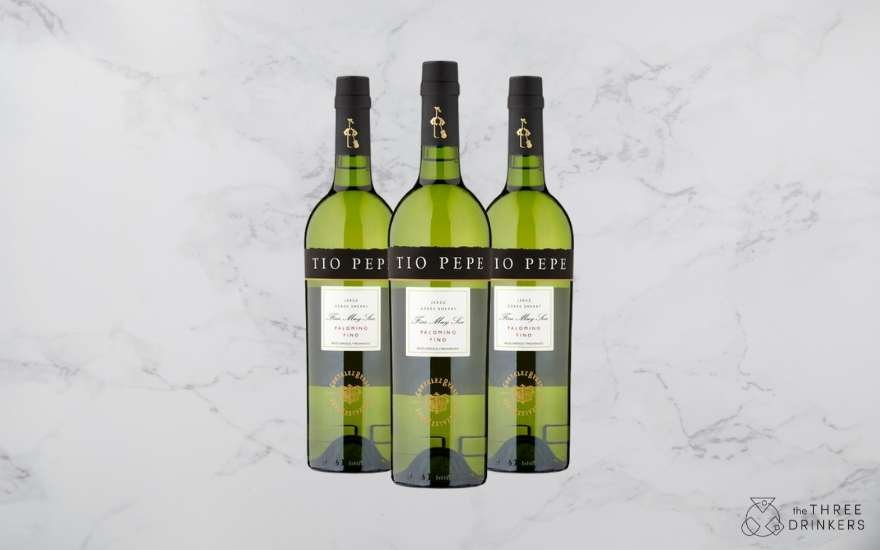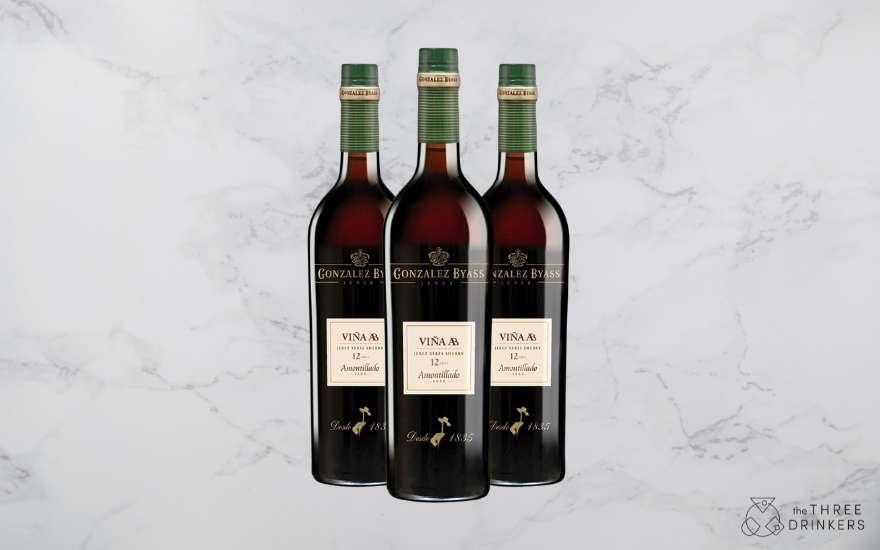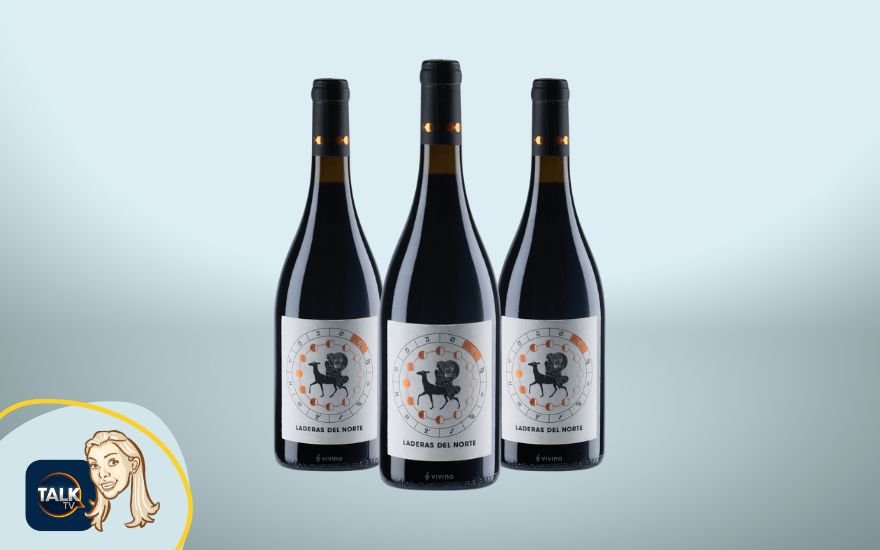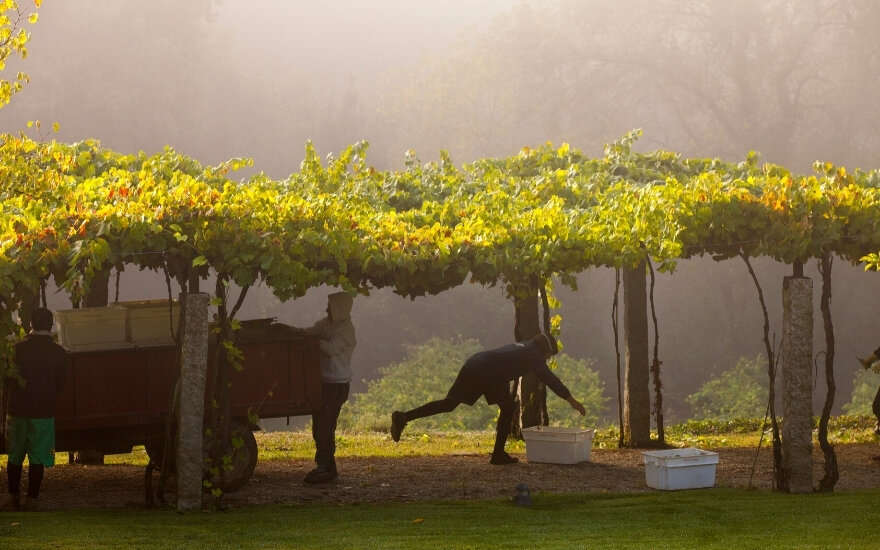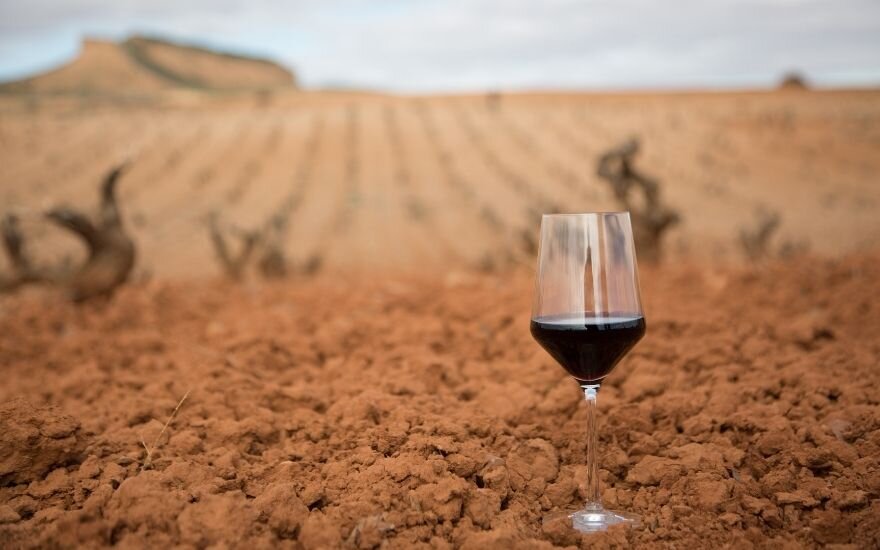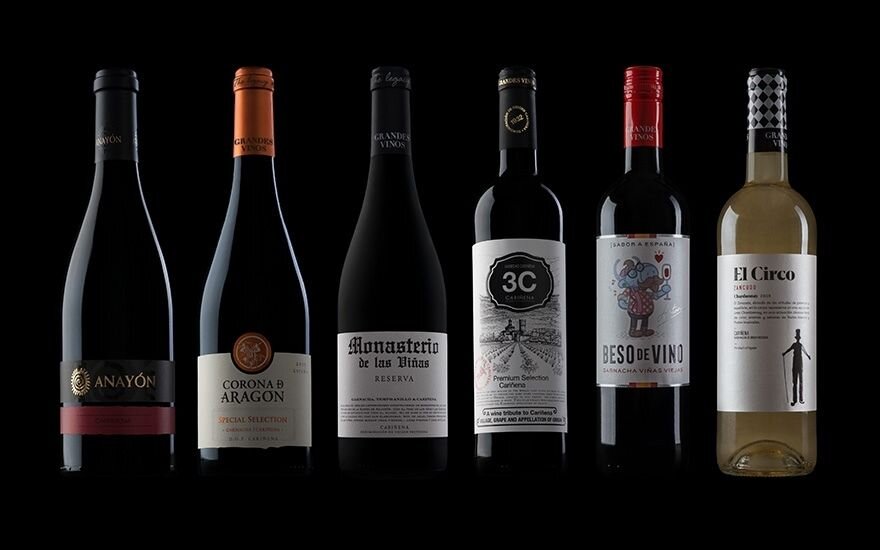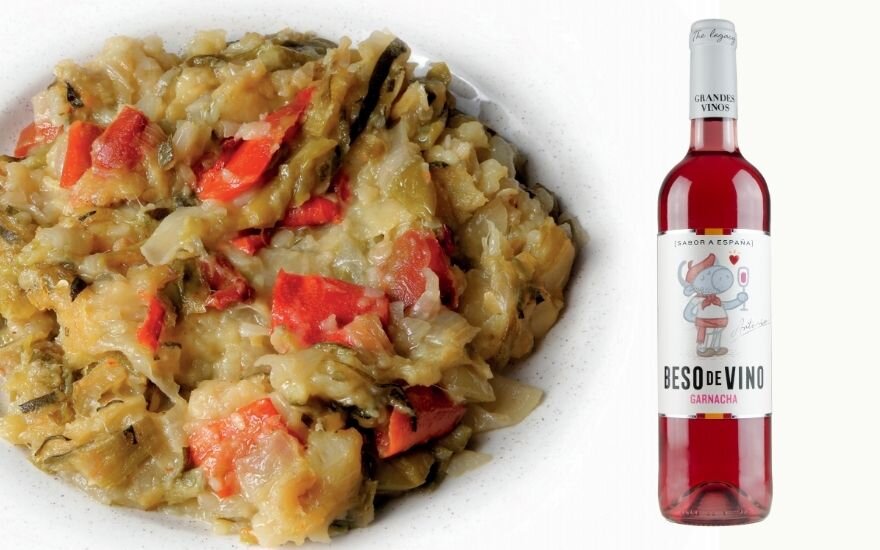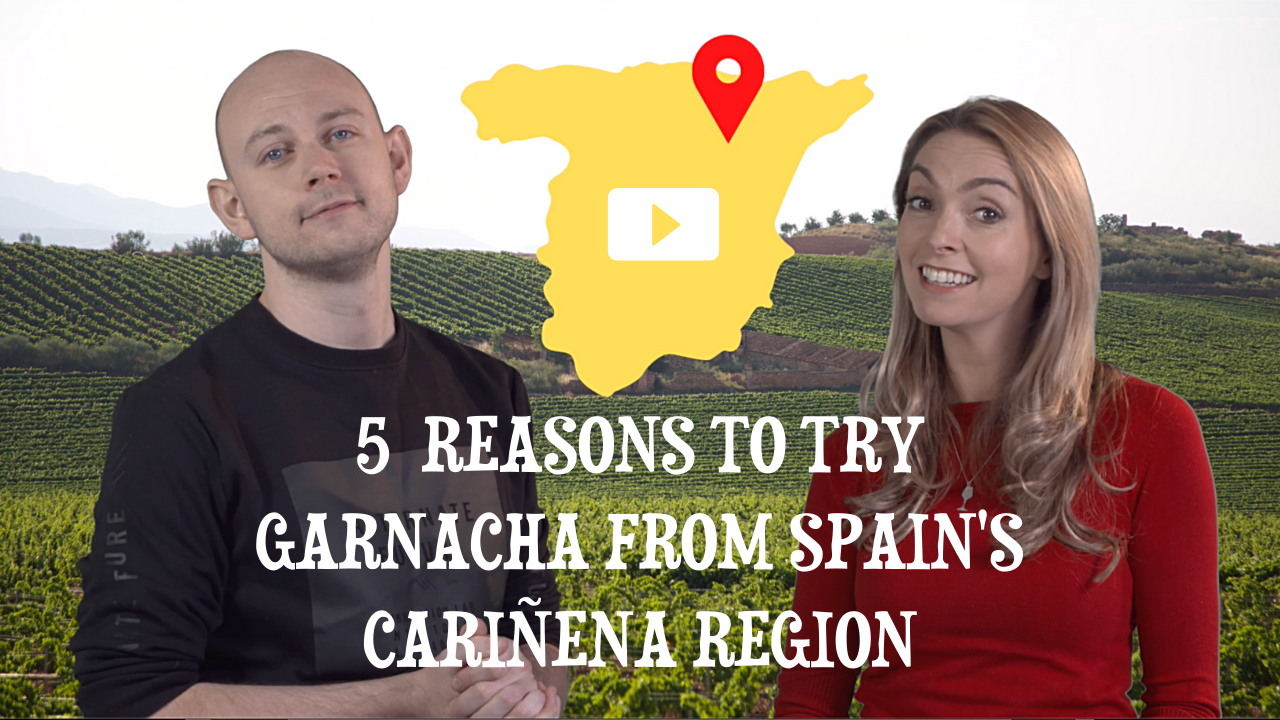Nestled in the picturesque Utiel-Requena region of Spain, Bodegas Hispano+Suizas is a testament to the dreams and dedication of three passionate individuals. Marc Grin, Rafael Navarro, and Pablo Ossorio, having spent decades immersed in the world of wine, embarked on a journey to create a winery that would make the most of the interesting viticultural area surrounding them. Their shared vision of accessible masterpieces and complementary but different experiences gave birth to Bodegas Hispano+Suizas, a name that honours the Swiss and Spanish heritage of its founders. Armed with expertise spanning traditional viticulture, cutting-edge winemaking techniques, and extensive experience, they needed to set up shop somewhere.
DOP Utiel-Requena
The excitement truly began in 2006, when the three brothers-in-wine set their hearts on a 61-hectare site in DOP Utiel-Requena, Valencia. With two centuries of history and continued renovations, the winery is always improving with plenty of work put in to adapt it for modern winemaking.
The surrounding region is renowned for its exceptional winemaking conditions. At 750m above sea level and 50km from the Mediterranean, the site enjoys cool breezes to offset the hot summers – allowing the trio to pursue some interesting varietals which we’ll get to later. Under the ground, clay-limestone soils contribute to the complexity and richness of the wines produced with their fantastic water and nutrient retention. All of this combined with Spain’s ancient vino roots means Utiel-Requena is one of Spain's most historic wine regions.
Of course, the passionate care given to the vineyard extends into the winemaking process itself. Harvesting at Bodegas Hispano+Suizas is a precise, environmentally friendly operation, spanning almost three months from the early August picking of white grapes for Cava, to the late October harvest of red varieties. Grapes undergo a cold soak to enhance their aromatic and phenolic qualities before fermentation in 400L American oak barrels. The wines are then aged in either these barrels or 225L French oak barrels from Allier, adding layers of complexity and elegance.
The Wines of Bodegas Hispano + Suizas
Now, the good stuff – the result of all that expertise and hard work. Their variety of grapes shows the strength of their set up, featuring whites of Chardonnay, Albariño, Verdejo and Sauvignon Blanc, and reds of Cabernet Franc, Merlot, Syrah, Pinot Noir (despite the heat), Petit Verdot and old vine Bobal. All the ingredients for unique and intricate flavour profiles are present, and that’s exactly what’s been bottled. Despite being a relatively young winery, they were honoured in 2016 as the "Spanish Winery with the Most Distinctions" by the Asociación Española de Periodistas y Escritores del Vino. As we’ve touched on, they have a broad selection but these are some favourites.
Bodegas Hispano+Suizas Cava Tantum Ergo Chardonnay
Among their celebrated wines is the Cava Tantum Ergo, commended by Parker, Penin and Sevi with more than 90 points. If any of you are into your classical music, you may recognise that this, like all their wines, is inspired by classical music. This is a commitment to the founders' belief that a good wine must emerge like a symphony, each note in perfect harmony. It’s a lauded Chardonnay and Pinot Noir mix pouring an intense golden yellow. Intense peaches and pastries hit the nose, before a powerful and creamy palate. The pairing with seafood is an obvious dream.
Size: 750ml
ABV: 12%
Find here: £31.45
Bodegas Hispano+Suizas Bobos Finca Casa La Borracha Bobal
Bobal is a local grape known for beautiful, flavoursome reds that retain their lightness, and the vines grown here are ancient. The notable French oak has matured the cherry and cassis into a full-bodied, velvety masterpiece, with an elegant toffee finish.
Size: 750ml
ABV: 14%
Find here: £26.50 (usually more!)
Bodegas Hispano+Suizas Impromptu
This is their modern Sauvignon Blanc, awarded a stunning 97/100 in the 2019 SEVI wine guide and 95/100 in the 2023 edition. The aroma has been praised for its intensity, delivering a seductive mix of minerality, compote and tropical fruits, and it’s those fruits that dominate the flavour with richness and great acidity.
Size: 750ml
ABV: 13%
Find here: £28.09
Bodegas Hispano+Suizas has made quite the splash already, realising the dream and converging the talents of three friends who simply love wine. And with the aim of making exceptional wine that’s accessible also, more and more people will get to taste the rich tapestry that is Utiel-Requena's winemaking heritage – only a good thing.








